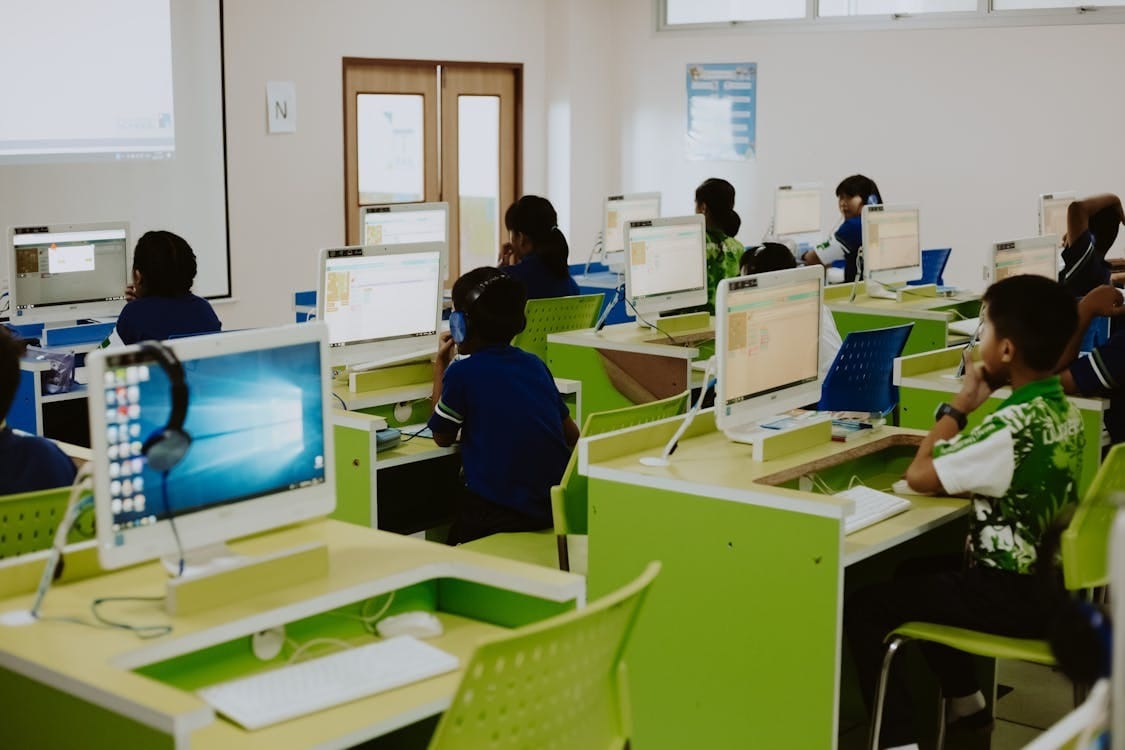How AI Can Tailor Learning Experiences for Students

Introduction
In the digital age, education is undergoing a transformation driven by artificial intelligence (AI). Tailored learning experiences, powered by AI, are paving the way for more effective and personalized education. By analyzing data and adapting to individual needs, AI has the potential to revolutionize the way students learn, ensuring that each learner receives a customized approach to their educational journey. Here are the key ways AI is shaping tailored learning experiences for students.
Personalized Learning Paths
One of the most significant contributions of AI to education is its ability to create personalized learning paths. Traditional classrooms often follow a one-size-fits-all model, which can leave some students struggling while others are not challenged enough. AI systems, however, can analyze a student's performance, interests, and learning pace to recommend specific resources, exercises, and even subjects of study.

For example, platforms like Khan Academy and Duolingo use AI to adjust the difficulty of tasks based on how a student performs. If a learner excels in a particular area, the system advances them to more complex topics. Conversely, if they struggle, it provides additional practice and simpler explanations. This ensures that students are neither overwhelmed nor bored, allowing them to progress at their own pace.
Enhanced Engagement Through Gamification
AI can also increase student engagement by incorporating gamification into learning experiences. Gamification uses game-like elements such as points, badges, and leaderboards to motivate students. AI takes this concept further by personalizing these elements to align with a student’s preferences and progress.

For instance, an AI-driven educational app might notice that a student enjoys solving puzzles. It can then integrate more puzzle-based challenges into their curriculum, making learning feel like play. By tailoring engagement strategies, AI helps maintain students’ interest and encourages consistent participation in their education.
Intelligent Tutoring Systems
AI-powered intelligent tutoring systems (ITS) act as virtual teachers, providing students with immediate feedback and guidance. These systems are designed to simulate the one-on-one support traditionally provided by human tutors. They can answer questions, explain concepts, and even identify when a student is losing focus or feeling frustrated.

One example of an ITS is Carnegie Learning’s MATHia, which uses AI to guide students through math problems step by step. The system adjusts its teaching strategies based on how well the student understands each concept, ensuring that they build a strong foundation before moving on to more advanced topics. Such systems make personalized tutoring accessible to a broader range of students, regardless of their location or socioeconomic background.
Supporting Diverse Learning Needs
AI is particularly effective in supporting students with diverse learning needs, including those with disabilities. For example, text-to-speech and speech-to-text technologies powered by AI help students with visual or hearing impairments. Similarly, AI-driven tools like speech recognition software can assist students with dyslexia or other learning challenges by providing real-time feedback and support.

Moreover, AI can analyze patterns in a student’s learning behavior to identify potential learning difficulties early. This allows educators to intervene with targeted strategies, ensuring that no student is left behind.
Real-Time Feedback for Educators
AI doesn’t just benefit students; it also empowers educators by providing real-time feedback on their teaching strategies. AI systems can analyze classroom data to identify which teaching methods are most effective and highlight areas where students are struggling collectively.

For example, tools like Classcraft use AI to monitor student engagement and performance. These insights help teachers refine their approaches, ensuring that their efforts are aligned with students’ needs. By bridging the gap between data and decision-making, AI enables educators to create more dynamic and effective learning environments.
The Future of AI in Education
The integration of AI in education is still in its early stages, but its potential is vast. As AI technology continues to evolve, we can expect even more sophisticated tools that offer deeper personalization and greater accessibility. From virtual reality classrooms powered by AI to predictive analytics that foresee a student’s future learning needs, the possibilities are endless.

However, it is essential to address challenges such as data privacy and equitable access to AI-powered tools. Ensuring that all students benefit from these advancements requires careful planning and collaboration between educators, technologists, and policymakers.
Conclusion
AI is reshaping the educational landscape by tailoring learning experiences to meet individual needs. Through personalized learning paths, gamification, intelligent tutoring systems, and support for diverse learners, AI is making education more inclusive, engaging, and effective. While challenges remain, the future of AI in education holds great promise for students and educators alike, offering a vision of learning that adapts to every individual’s unique journey.




